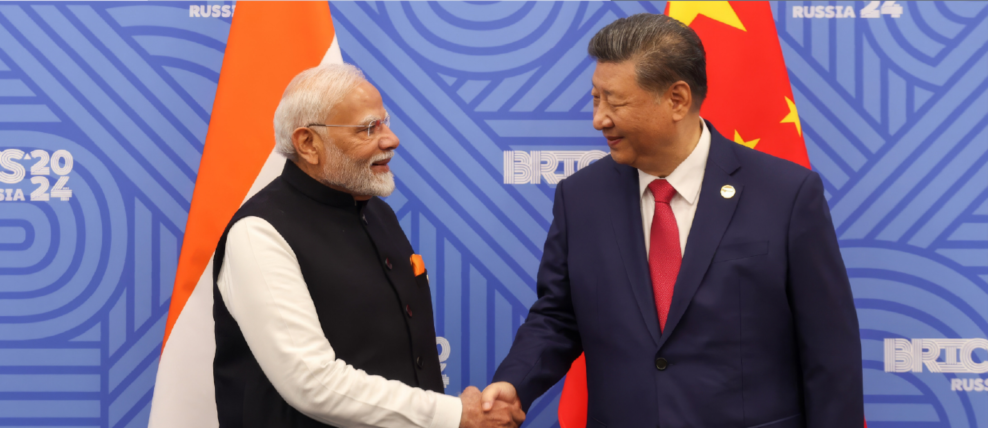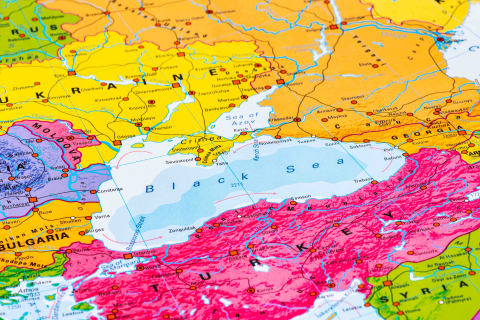India’s Quest for Economic Emancipation from China

In October 2024, the meeting between Chinese President Xi Jinping and Indian Prime Minister Narendra Modi initiated a thaw in relations between the two Asian powers. Has India's high level of economic dependence on China played an important role in bringing about this diplomatic shift?

In 2020, the Covid-19 epidemic and the deadly clashes in the Galwan Valley, on the Himalayan border between China and India, underscored India’s economic dependence on China and the resulting sovereignty issues. These dependencies manifest in three key areas: commercial, technological and financial.
India relies on Chinese imports for a wide range of industrial goods, which limits the growth of its domestic companies and exacerbates its trade deficit. Additionally, the country depends on Chinese technologies in strategic sectors such as energy, telecommunications and semiconductors, raising significant security concerns. Furthermore, certain Chinese investments, particularly in Indian digital start-ups, are now viewed as strategic vulnerabilities.
In response to the Galwan incident, India introduced measures aimed at reducing these vulnerabilities, including restrictions on border investments and the exclusion of Chinese companies from public contracts. At the same time, the Indian government launched initiatives such as “Atmanirbhar Bharat” (“Self-sufficient India”) to enhance the country’s economic autonomy by promoting domestic production.
To lessen its dependence on rival China, India is also working to strengthen and diversify its economic partnerships. In recent years, it has signed several free-trade agreements with countries like Australia and the United Arab Emirates, while intensifying technological cooperation with the Quad countries (Australia, Japan, and the United States), as well as France, Taiwan, Israel and the European Union. Despite these efforts, India continues to struggle with attracting substantial investment and acquiring cutting-edge technologies, primarily due to the relatively low competitiveness of its industry compared to countries like China and those in Southeast Asia.

Available in:
Themes and regions
ISBN / ISSN
Share
Download the full analysis
This page contains only a summary of our work. If you would like to have access to all the information from our research on the subject, you can download the full version in PDF format.
India’s Quest for Economic Emancipation from China
Related centers and programs
Discover our other research centers and programsFind out more
Discover all our analyses
RAMSES 2024. A World to Be Remade
For its 42nd edition, RAMSES 2024 identifies three major challenges for 2024.

France and the Philippines should anchor their maritime partnership
With shared interests in promoting international law and sustainable development, France and the Philippines should strengthen their maritime cooperation in the Indo-Pacific. Through bilateral agreements, expanded joint exercises and the exchange of best practices, both nations can enhance maritime domain awareness, counter security threats and develop blue economy initiatives. This deeper collaboration would reinforce stability and environmental stewardship across the region.

The China-led AIIB, a geopolitical tool?
The establishment of the Asian Infrastructure Investment Bank (AIIB) in 2016, on a Chinese initiative, constituted an attempt to bridge the gap in infrastructure financing in Asia. However, it was also perceived in the West as a potential vehicle for China’s geostrategic agendas, fueling the suspicion that the institution might compete rather than align with existing multilateral development banks (MDBs) and impose its own standards.
Jammu and Kashmir in the Aftermath of August 2019
The abrogation of Article 370, which granted special status to the state of Jammu and Kashmir (J&K), has been on the agenda of the Bharatiya Janata Party (BJP) for many decades.










